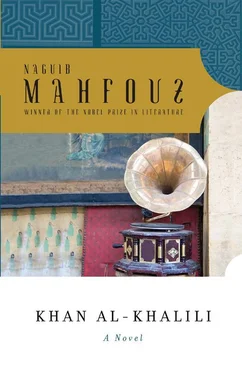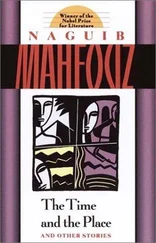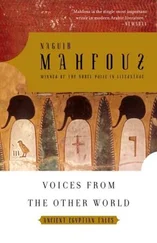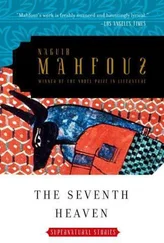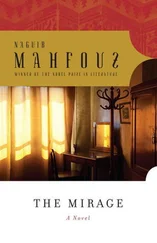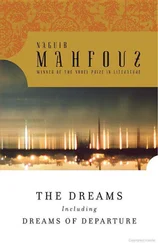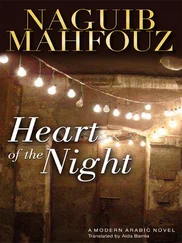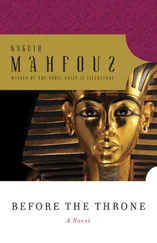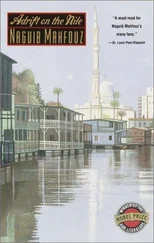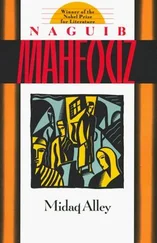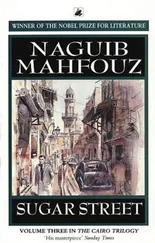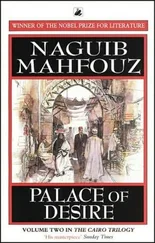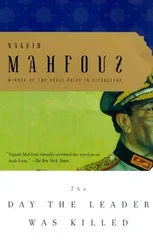This novel then provides us with an excellent example of a master novelist giving his readers a vivid and detailed portrait of his native Egypt and one of its capital city’s most ancient and august quarters during a crucial stage of the Second World War. Beyond the importance of that historical context, however, it is also an example of the careful research and planning, not to mention the artistry and craft, which were to remain features of his fiction for the next fifty years or more.
Abd al-Hayy, Salih (d. 1962): an exponent of the classical style of singing, he became well known during the 1920s, particularly for his performances of the popular poetic genre of mawwal . He also sang with Munira al-Mahdiya (see below).
Abd al-Wahhab, Muhammad (d. 1991): Egypt’s most famous male singer in the twentieth century, renowned for incorporating western instrumentation and melody into his songs.
al-Alamein: on the Mediterranean coast of Egypt, the site of a turning-point battle in 1942 during which Allied forces led by Field Marshal Bernard Montgomery stopped the advance of Axis powers under General Erwin Rommel.
Ali ibn Abi Talib: the Prophet Muhammad’s cousin and son-in-law who became the fourth Caliph of Islam and the founding figure of the Shi’a subdivision of the Muslim community (Shi’a being an abbreviation of Shi’at Ali — Ali’s party).
Almaza: a district of Cairo to the northeast of the center, between Heliopolis and the suburb of Madinat Nasr.
al-Azhar: the world-renowned mosque — university in Cairo, founded in the late tenth century.
Bayt al-Qadi: literally “the judge’s house,” a section (and square) of the old city of Cairo between the al-Husayn Mosque and the northern gate, Bab al-Futuh.
Bulaq: a district of Cairo adjacent to the River Nile. It gave its name to the first printing press in Cairo during the reign of Muhammad Ali.
City of the Dead: formerly this name was applied only to Cairo’s southern cemetery, but for some time the name has been used to refer to both the southern and northern ones (the latter being formerly known also as “the tombs of the caliphs”). It is this latter cemetery that is referred to in this novel.
The Complete Work (al-Kamil) by al-Mubarrad, The Scribe’s Manual (Adab al-katib) by Ibn Qutayba, The Book of Eloquence and Clear Expression (Kitab al-bayan wa-l-tabyin) by al-Jahiz, and The Book of Anecdotes (Kitab al-nawadir) by Abu Ali al-Qali from Baghdad: all these are titles of major works that form part of the library of compendia on secretarial writing within the tradition of Arabic prose.
Dab’a: a town on the Egyptian Mediterranean coast, the scene of fighting during the 1942 campaigns.
al-Darrasa: an area that was formerly right on the eastern edge of the city of Cairo, but is now an inhabited suburb close to the City of the Dead (see above) and the Muqattam Hills.
“ Do not cast yourself into perdition by your own hands ”: Qur’an, Sura 2, verse 195.
Eid al-Fitr and Eid al-Adha: the two great festivals in the Islamic calendar; the first celebrates the end of the fasting month of Ramadan; the second occurs on the the tenth day of the pilgrimage month, Dhu al-Hijja.
farsi, naskh, ruq’a, thuluth: the names of the scripts utilized in Arabic texts. Fayyum: a depression and oasis to the southwest of Cairo.
Fuka: a small town on the main railway line between Marsa Matruh and Dab’a on the north Egyptian coast.
ful mudammis: a dish made of beans, probably the most characteristic breakfast dish in Egypt.
gallabiya: the floor-length loose garment worn by Egyptian men.
al-Gamaliya: the district of old Cairo immediately to the north of the al-Husayn Mosque. The name is used to designate the entire area between the al-Azhar Mosque and the northern walls of the old city of Cairo.
al-Ghazali (d. 1111): One of the most prominent Muslim theologians, best known for his work, Ihya’ ’ulum al-din (Revival of the Religious Sciences) .
Hafiz, Ibrahim (d. 1932): the Egyptian neoclassical and nationalist poet, known as “the poet of the Nile.”
Hanbali: one of the four schools of Islamic law, founded by Ahmad ibn Hanbal.
Hanem: a Turkish word for a woman, but in Egyptian terms a woman of breeding and stature, an honorific title. The use of “Madame” in English parlance conveys something of the same effect.
al-Husayn Mosque: the mosque — shrine in the Khan al-Khalili quarter, dedicated to al-Husayn, grandson of the Prophet Muhammad who was martyred at the Battle of Karbala in 680.
Ibn Khaldun (d. 1406): the theoretician of history whose Muqaddima (Introduction) is regarded as a foundational work in social science. His career took him from North Africa, to Spain, and finally to Egypt. His latter years are the topic of a recent novel, al-’Allama , by the Moroccan writer Bensalem Himmich, available in English as The Polymath (The American University in Cairo Press, 2004).
Ibn Maymun (Maimonides) (d. 1204): the renowned Jewish philosopher and physician, born in Cordoba, who spent the latter part of his life in Cairo.
Ibn al-Mu’tazz (d. 908): the one-day Abbasid caliph, but more renowned in his role as both poet and critic.
Ibn Qutayba (d. 889): a scholar of wide-ranging interests, he composed works on philology, history, theology, and literary criticism. The breadth of his learning is indicated by the scope of his most seminal work, a compendium entitled ‘ Uyun al-akhbar (Springs of Information) .
al-Jahiz (d. 869): one of Arabic’s greatest polymaths and the acknowledged master of classical Arabic prose style.
jubba (gibba): a broad-sleeved outer garment.
kunafa: a sweet Egyptian dish served especially during Ramadan. It uses shredded wheat as a base, to which is added honey and a variety of other toppings.
al-Ma’arri, Abu al-Ala’ (d. 1057): one of Arabic’s most renowned poets, known for his pessimistic outlook on life expressed in poetry of great complexity.
al-Mahdiya, Munira (d. 1965): an Egyptian actress and singer, particularly during the 1920s when she was a rival to Umm Kulthum (see below).
mahmal: the ornate camel litter sent to Mecca each year for the season of the Hajj (“Pilgrimage”).
al-Manfaluti (d. 1924): an Egyptian essayist who made his reputation by publishing a large number of sentimental and moralistic articles in newspapers that were later collected into two volumes, al-Nazarat (Views) , and al-’Abarat (Tears) .
al-Manyalawi, Shaykh Yusuf (d. 1911): a singer in the classical style and model for many modern singers. His recordings date to the era before the First World War.
Marsa Matruh: on the Mediterranean coast of Egypt to the west of Alexandria. Now a seaside resort, it was the scene of fighting during the campaigns of 1942.
al-Mubarrad (d. 898): the grammarian of Basra who spent the latter part of his life in Baghdad. His most famous work is al-Kamil (The Complete) .
Muhammad Ali Street: a key artery in Cairo that connects Khalig Street (so called because it was formerly a canal, now called Port Said Street) with the square beneath the Citadel.
al-Mu’izz (d. 975): a ruler of the Fatimid dynasty, during whose reign Egypt was conquered and the old city of Cairo constructed.
Mutran, Khalil (d. 1949): known as “the poet of the two regions,” he was born in Lebanon but spent much of his life in Egypt. His poetry combines neoclassicism with hints of an emerging romantic tendency.
al-Muwaylihi, Muhammad (d. 1930): an Egyptian writer and journalist, best known for his pioneering narrative, Hadith ‘Isa ibn Hisham (1907), available in English as A Period of Time (Reading: Ithaca Press, 1992).
Читать дальше
